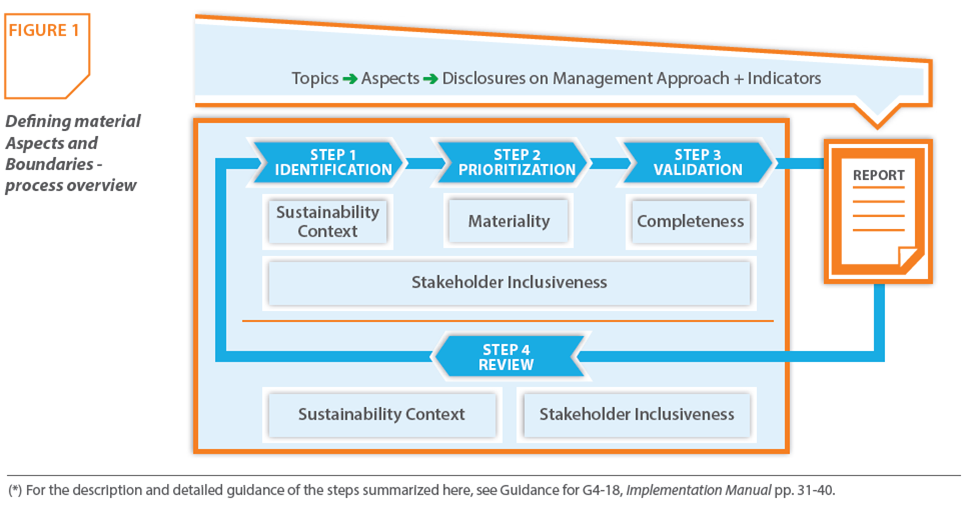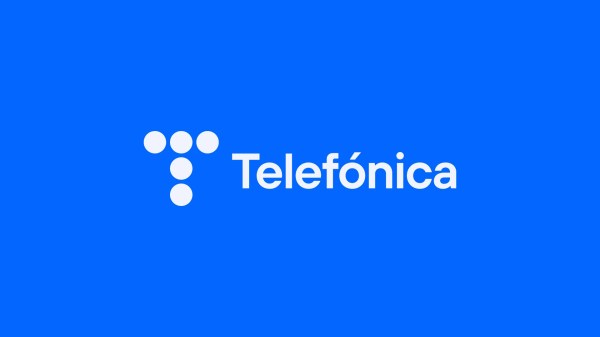This week the new version of the GRI guide for preparing corporate sustainability reports, the G4, was presented in Madrid. To find out what it implies, whether it adds or reduces the effort to report information and how it coexists with other standards, we spoke with José Luis Blasco, a partner at KPMG in Spain responsible for Climate Change and Sustainability services in Europe, the Middle East and Africa.
What does the new guide for the Memories mean?
– It represents a great change, GRI goes from a more accounting approach, of recapitulating indicators, to a more management approach, by focusing on what is relevant to the company’s strategy. Until now, efforts had been made to include data in the reports to compare companies, but this approach has been seen as very complex: it generated what I call “report fatigue” and did not improve the quality of the reports because the large figures and the mountain of information covered up what was important. It was shown that the reports had to be more concise and that the important things had to be found in an easy way. That is why the G4 emphasizes having better content, not more and better indicators. How? With the exercise of materiality. The company must see what it wants to communicate and to whom, for what audiences is its report and what is relevant to them.
Ultimately it is not about meeting the standard, but about making a good report. How is a good memory? Precisely the one that is remembered, the one that answers the questions of the audiences, the one that they remember. It tells a story, shows the changes in the year, and has an accessible format, with usability. If our approach is to meet a standard, we will make a memory for the world of reporting and fall back on what we already had with G3, Reports that looked like Frankenstein, full of seams.
So G4 does not significantly expand the number of indicators?
– Actually G4 does not expand the number of indicators. This version has approximately the same as G 3.1. But what is more relevant is that companies will have to select from among these those that their audiences consider most relevant. It is what we call selection by materiality.
This radically changes the vision we had of application levels. If a company needs to use the GRI principles and indicators it deems appropriate, it can use it and obtain a “main or core” monitoring level. If, on the other hand, you consider the monitoring of GRI as the axis of the design of your report, you will therefore use all the principles of the guide, the indicators that illustrate your material topics and you will obtain the recognition of GRI as “complete or comprehensive”. This approach based on materiality drastically reduces the reporting work for companies, reducing the effort to collect information.
- In what sense?
– G4 is like a buffet with three categories –economic, social and environmental-, in which the company chooses the indicators that most interest it and its audiences, depending on whether they are vegetarian, vegan, etc. Sector supplements will be new furniture in this buffet. Whereas before, we had a fairly heavy single menu, with a first course, second, third…
– There are interest groups that see sustainability reports as too long, even boring and not very useful. Will the guide help improve them?
– It is what it intends and it should be because companies will have asked their audiences what they want to know before. For example, if I am a company that manufactures and sells washing machines, where are my GHG emissions, in production or in household use? On what people spend. This is the material, what interests people and what I will have to tell in the Report. Another case: when reporting on human rights, it makes no sense to report on the subject in general, in the world, but rather on the actions of the company in the countries where they are violated. We have to see what is material in my value chain and in the different territories in which I operate. What is material today for any Spaniard? The contribution to the country’s wealth and employment, and corruption. This is what the CIS says.
In any case, reporting is not easy. If it were, we would not need these guides, which are nothing more than crutches.
– It seems that with the appearance of the SASB a tough competitor has emerged for GRI. SASB is simpler than GRI, it also includes materiality and has generated a very specific set of indicators to include in management reports (and, therefore, must be audited by auditors). This, together with the integrated report… Can’t you assume the GRI dilution as “the standard” par excellence?
– I don’t think they are competitors because each one has a different audience. It is like saying that the 20F competes with the CNMV guide. SASB aims to provide the SEC with a set of non-financial indicators to assess the risks of companies listed in New York. Is reporting under SASB enough? If you are a North American company, surely, but how many SEC firms have 20F as their only report today? None. They all have one or two more.
I see it as a pyramid. If the company wants to dialogue with investors and employees, it will need a corporate and integrated report, which tells your story as a whole in 30 pages and includes SASB. This will be up. Below would be the country and even the factory. Neighbors, NGOs, regulators… are interested in how you are acting in practice. For you it will be more useful to use GRI. In the middle would be the clients, who also want to know if you are responsible and this is where the big question lies, the gap.
– What does this hole consist of?
– We still don’t have a sufficiently interesting tool to hook consumers, those who buy on the supermarket shelves. We have to see how to incorporate sustainability information into products. Seals and labels have not worked. Until we manage to attract consumers, sustainability will not take off.
– Are there any serious initiatives in this regard? Who can raise it, in your opinion?
– Three actors must intervene: the retailer, who is the one who places the products on the market with traceability and responsibility; a technology company like Telefónica, which would facilitate an interface –the mobile phone reading a barcode or a QR would be a very powerful interface- between the retailer and the user, something friendly, simple, at zero cost and even fun; and the auditing and/or regulatory firm, to give credibility to the information because nowadays the labels are not credible. What information? I would focus on helping the customer to use that product to increase their well-being: how can you recycle the box, how can you open it if you have a disability, etc.








